Horizontal Stabiliser - Assembly Part 2
Took a while, but I finally have the two pieces that make up the rear spar of the horizontal stabiliser. I started assembling the rear spar using clecoes then rivets. Once done, I clecoed it to the rest of the assembly and riveted it in place.
Now that the assembly was finally complete, into the spray booth it went, along with the skins. Notice how the first two ribs in the middle is a little bit buckled. While initially concerned about this, I realised that the skins will straighten then up, so I boxed on.
I started to cleco the skins in place, but found that I had some alignment issues. I very carefully went through the assembly checking every cleco one by one. Some clecoes I could observe through the lightening holes in the rear spar using my head torch.
(note, this photo is from later on, after riveting has begun, but it shows what I mean above)
Eventually I had one skin on, with no kinks or signs of buckling. I then ran the wire for the trim tab, installing grommets where necessary.
With that in place, I clecoed the other skin on. Has some minor issues with alignment again, but once all the clecoes were in place, I was happy with how it fit.
Before riveting can begin on the skins, you have to check the whole assembly for twist. You do this by putting the assembly upright and using a laser level or plumb bob to check whether all the holes line up on the end rib. (they did line up perfectly, even if the crappy camera angle says otherwise!)
With that out of the way, riveting could begin. Riveting skins on has got to be one of the more satisfying parts so far.
After many rivets pulled, I had half of one skin complete. Holes needed to be clear drilled, especially the dimpled holes. This is because they come smaller from the factory, so the dimple die will fit perfectly. You then drill them clear with a 3.3mm bit and fit the rivets.
While inserting clecoes, I noticed that sometimes the cleco didn’t go all the way through all the material. For example, the bits in the red box below would bend down and the cleco wouldn’t go all the way through.
I had to avoid this happening with rivets at all costs. So I bought a WiFi endoscope, which allowed me to “see” underneath the skin as I rivet, to ensure the rivets go through all the material it is supposed to.
And with that, slowly but surely I managed to completely finish the horizontal stabiliser! Next, I will finish the elevator.











